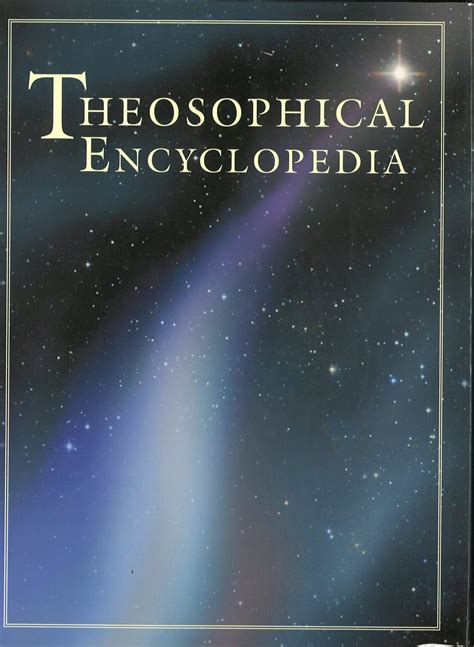The Christian doctrine which asserts that God is essentially one, but may manifest or be “personalized” as three — Father, Son and Holy Spirit. Curiously enough, the doctrine of the trinity does not appear at any one place in the Holy Bible. It is an attempt by ecclesiastics to reconcile all the various descriptions of God which occur. In the early years of Christianity there was much discussion and controversy regarding it. The concept of the Trinity is sanctioned by such passages as that found in the New Testament, “Go therefore and make disciples of all nations, baptizing them in the name of the Father and of the Son and of the Holy spirit” (Matt. 28:19). It will be noted that this passage does not unify the three, but seems to treat then as separate entities. Theological debate has raged down through the centuries regarding the true nature of the relationship between the Father, the Son and the Holy Spirit.
At the Council of Nicaea (325 C.E.) the bishops approved a Trinitarian formula to the effect that God is three persons, that is Father, Son, and Holy Spirit, united in the one substance. It is beyond dispute that this doctrine has puzzled priests and laity alike and indeed quite a number of Christians have considered it to be an unnecessary complexity and suggested its deletion.
Although the doctrine of the Trinity seems to have puzzled many Christians many Theosophical writers seem to have an understanding of its fundamental significance. The diagram given on figure 1 is taken from Charles W. LEADBEATER’s The Christian Creed and shows three outpourings. The first two pass through the seven planes becoming increasingly dense and after having reached the lowest plane of matter they begin the ascent back to the highest spiritual plane once more. The third outpouring differs in that it does not become affected by the planes through which it passes and does not descend beyond the Buddhic Plane. These outpourings come from the Logos. Solar Logos is said to have three aspects or manifestations corresponding with the trinities of several religions. The first aspect represents divinity, the second and third build respectively life and matter.
In HINDUISM, with which theosophy has many affinities, we find a number of “Trinities.” There is the manifested Brahman as sat-chit-ananda which can be translated as “existence” “intelligence” “bliss”; we also find Siva, Visnu, Brahma.
We may conclude this brief discussion of the Trinity with a fairly concise description of the theosophical viewpoint by Annie Besant, “The One becomes manifest as the First Being, the Self-Existent Lord , the Root of all, the Supreme Father; the word Will or Power, seems best to express this primary Self-revealing, since until there is Will to manifest there can be no manifestation, and until there is Will manifested, impulse is lacking for further unfoldment. The universe may be said to be rooted in the divine Will. Then follows the second aspect of the One — Wisdom; Power is guided by Wisdom, and therefore it is written that, ‘Without Him was not anything made that is made.’ Wisdom is dual in its nature, as will presently be seen. When the aspects of Will and Wisdom are revealed, a third aspect must follow to make them effective — Creative Intelligence, the divine mind in Action” (Esoteric Christianity, p. 261-2).
P.S.H.
© Copyright by the Theosophical Publishing House, Manila
 This Theosophical Encyclopedia contains all the articles of the printed Theosophical Encyclopedia published by the Theosophical Publishing House, Manila. In addition, new articles that are not in the printed version are continually being added. Many of the articles are also being updated.
This Theosophical Encyclopedia contains all the articles of the printed Theosophical Encyclopedia published by the Theosophical Publishing House, Manila. In addition, new articles that are not in the printed version are continually being added. Many of the articles are also being updated.